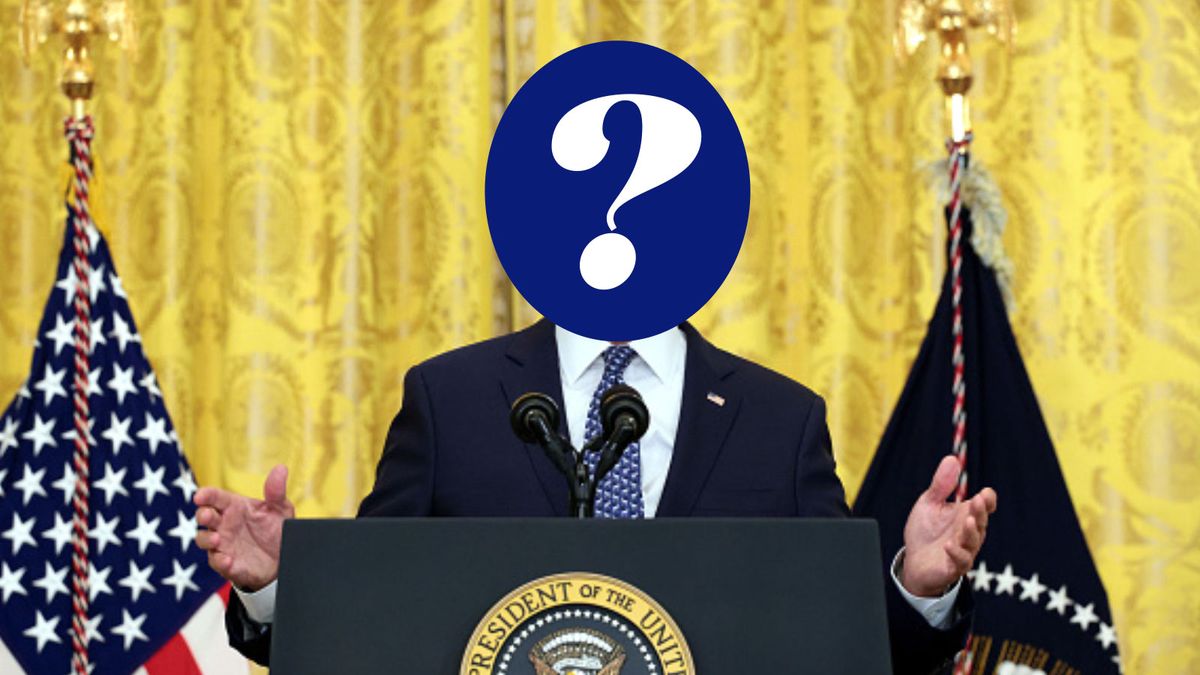America's Youngest Vice Presidents: A Historical Deep Dive
As the second-in-command to the President of the United States, the Vice President plays a crucial role in supporting the administration and serving as a potential successor to the Oval Office. But have you ever wondered how young some of these Vice Presidents were when they assumed office? From the late teens to the early twenties, some Vice Presidents took office at remarkably young ages, raising questions about their readiness for the role. In this article, we'll take a historical deep dive into America's youngest Vice Presidents, exploring their backgrounds, careers, and the challenges they faced in the role.
The youngest Vice President in U.S. history is John C. Breckinridge, who took office at the tender age of 36 in 1857. Breckinridge, a Democrat from Kentucky, was appointed by President James Buchanan, who was facing a presidential election in which the Democratic Party was split between Northern and Southern factions. Breckinridge's youth and inexperience were likely a factor in his selection, as Buchanan sought to appeal to the more moderate elements of the party. Breckinridge's vice presidency was short-lived, as he left office when Buchanan lost the election in 1860.
Another young Vice President was Charles Curtis, who took office at 47 but was appointed to the office at a relatively young age. Curtis, a Republican from Kansas, was vice president under Herbert Hoover from 1929 to 1933. Curtis was the first Native American to serve as Vice President, and his appointment was seen as a attempt to appeal to the growing number of Native American voters in the Midwest.
Other notable mentions include:
•
•
•
The Early Years: Challenges and Opportunities
Taking office at a young age can be a daunting task, especially in the Vice Presidency, where the stakes are high and the expectations are great. Breckinridge and Curtis faced unique challenges in their roles, from navigating the complexities of Washington politics to dealing with the weight of their predecessors' decisions.
Breckinridge's Trials
Breckinridge's early years in office were marked by controversy and turmoil. He was a staunch supporter of the expansion of slavery, which put him at odds with many in the North. Breckinridge's most notable decision as Vice President was his vote to admit Kansas as a slave state, which led to a bitter split within the Republican Party.
Curtis's Ambitions
Curtis, on the other hand, was seen as a rising star in the Republican Party. He was a skilled politician and a charismatic leader, who had served in various roles, including governor of Kansas and senator from Kansas. Curtis's appointment as Vice President was seen as a attempt to appeal to the growing number of Native American voters in the Midwest.
Lessons Learned
Both Breckinridge and Curtis faced significant challenges in their roles, but they also learned valuable lessons about the importance of experience, diplomacy, and leadership. Breckinridge's early years in office ultimately led to his downfall, as his support for slavery made him unpopular with many in the North. Curtis, on the other hand, went on to serve as a successful senator and governor, leveraging his experience as Vice President to advance his career.
The Future of Leadership
While Breckinridge and Curtis's experiences were shaped by the politics of their time, their legacies serve as a reminder of the importance of leadership, experience, and diplomacy in the Vice Presidency. As the role continues to evolve, it's likely that we'll see more young and ambitious leaders taking the reins as Vice President.
The Next Generation
Young leaders like Joe Biden, who served as Vice President under Barack Obama from 2009 to 2017, are being groomed for even greater heights. Biden's experience as Vice President has given him valuable insight into the workings of the White House and the importance of coalition-building.
The Next Chapter
As we look to the future, it's clear that the role of the Vice President will continue to evolve. With the rise of new technologies, changing global dynamics, and shifting public expectations, the Vice Presidency will need to adapt to remain relevant. Whether we're talking about the next John C. Breckinridge or Charles Curtis, the question remains: what qualities and experiences will make a Vice President truly effective in the 21st century?
Notable Mentions
•
•
•
In Conclusion
America's youngest Vice Presidents offer a fascinating glimpse into the history of the office, highlighting the complexities, challenges, and opportunities that come with serving as second-in-command. As we continue to navigate the ever-changing landscape of American politics, it's clear that the role of the Vice President will remain a critical component of our democratic system. Whether we're talking about the next generation of leaders or those who came before, the story of America's youngest Vice Presidents serves as a reminder of the enduring power of leadership, experience, and diplomacy.
Chaun Woo Real Parents Picture
Jessica Tarlov Husband
Markavis Girlfriend
Article Recommendations
- Madison Beer Parents
- Did Karla Homolka Parents Forgive Her
- Billieilish Y Pics
- Twitter Nsfw
- What Is The Blackye Club
- Gina Wapd
- Bhad Bhabied
- Sophie Rain Fans
- Kaitlan Collins Married
- Jamelizz



